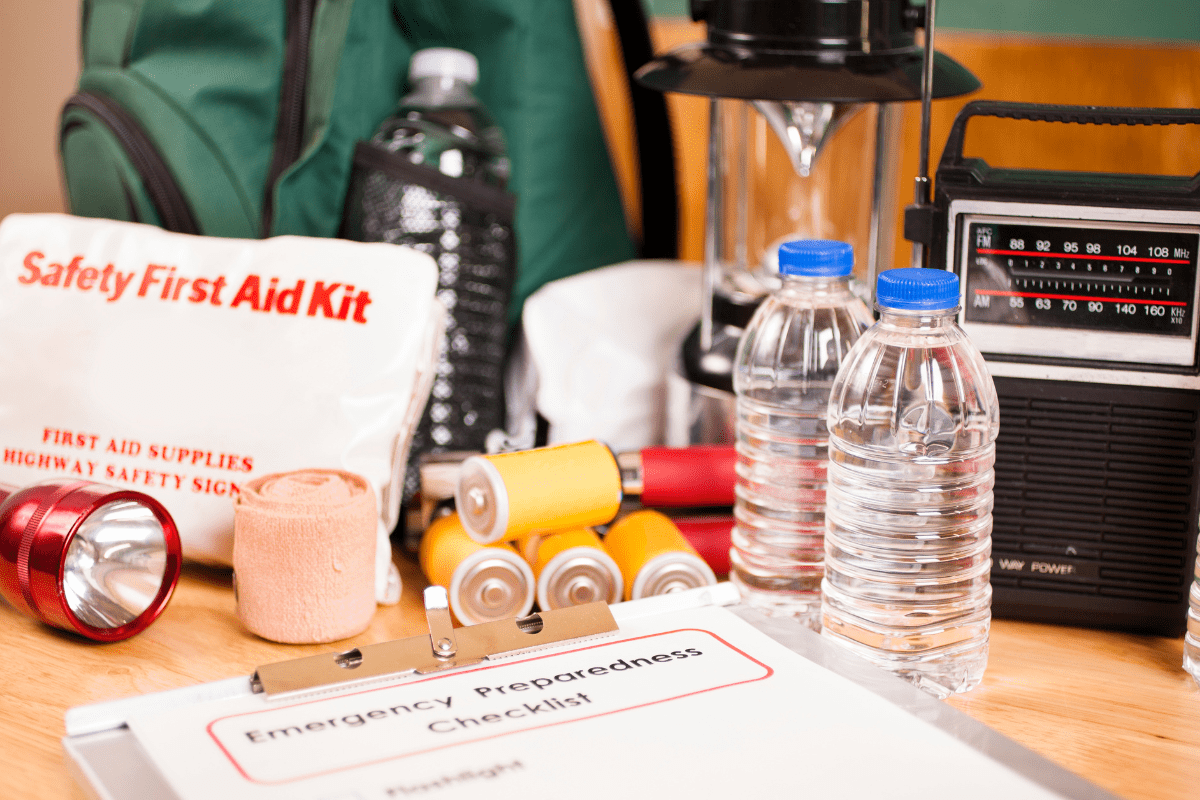 Growing up in the South, my family was used to being prepared for serious storms and power outages. And yet, as I entered adulthood, I didn’t exactly take those lessons to heart.
Growing up in the South, my family was used to being prepared for serious storms and power outages. And yet, as I entered adulthood, I didn’t exactly take those lessons to heart.
An example of being not prepared? In 2005, my friends and I evacuated our New Orleans apartments for what we thought was going to be a long weekend “hurrication” for Hurricane Katrina. I left my car and the majority of my belongings in New Orleans. Three days later, we were stuck in Jackson, Mississippi — with no power — trying to figure out how we would get back home. Flights were canceled, roads were closed, and we were severely unprepared to deal with it all. (And we were certainly not ready for the upcoming fall semester of college!)
Fast forward to 2018, when my family and I were unable to reach our Boston-area home because trees had fallen on either end of our road’s access. Our street had no power, and we knew we’d have water in our basement since our sump pump had to be hooked up to a generator. We were unable to get into our house for hours and had two feet of water waiting for us when we finally got home.
This summer, as my 5-year-old and I sat in our New England basement waiting out a tornado watch, my inner Girl Scout said, Why don’t you have an emergency preparedness kit ready for these moments?
We’re feeling much better about our disaster preparations now that we’ve taken some time to assemble our supplies. Gathering up items to have on hand in case of an emergency doesn’t take much time, and it’s certainly worth the peace of mind! Here’s a list of what’s in my emergency supplies kit:
- First-aid kit, including Band-Aids
- Batteries
- Board games
- Candles
- Charged devices
- Cleansing wipes (for faces)
- Comfy blanket
- Battery-powered device/phone chargers
- Disinfecting wipes
- Deck of cards
- Dry shampoo
- Extension cord/power strip
- Hand sanitizer
- Headphones
- Lighter or matches
- Battery-powered lantern and flashlights
- Paper towels
- Pain reliever of your choice
- Shelf-stable snacks (official guidance suggests keeping on hand enough non-perishable foods for at least a three-day supply, like ready-to-eat canned meats, fruits, vegetables, or juices, protein or granola bars, cereal, peanut butter, dried fruit, nuts, crackers, baby food, comfort foods)
- Toilet paper
- Water (the recommendation is one gallon of bottled water per person/per day for at least three days) and water purification tablets
- Copies of important documents, like insurance policies, bank account records, IDs, and medical information












